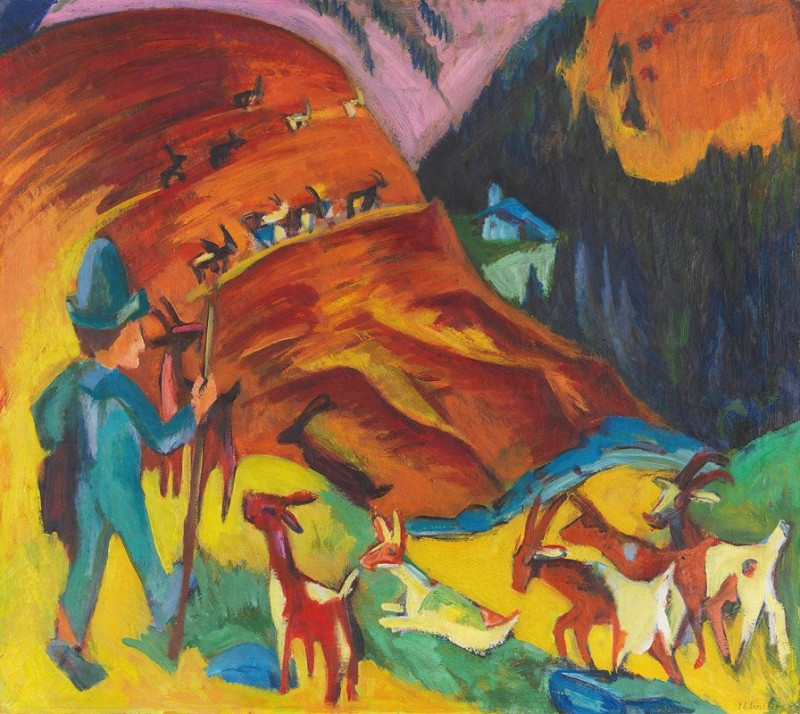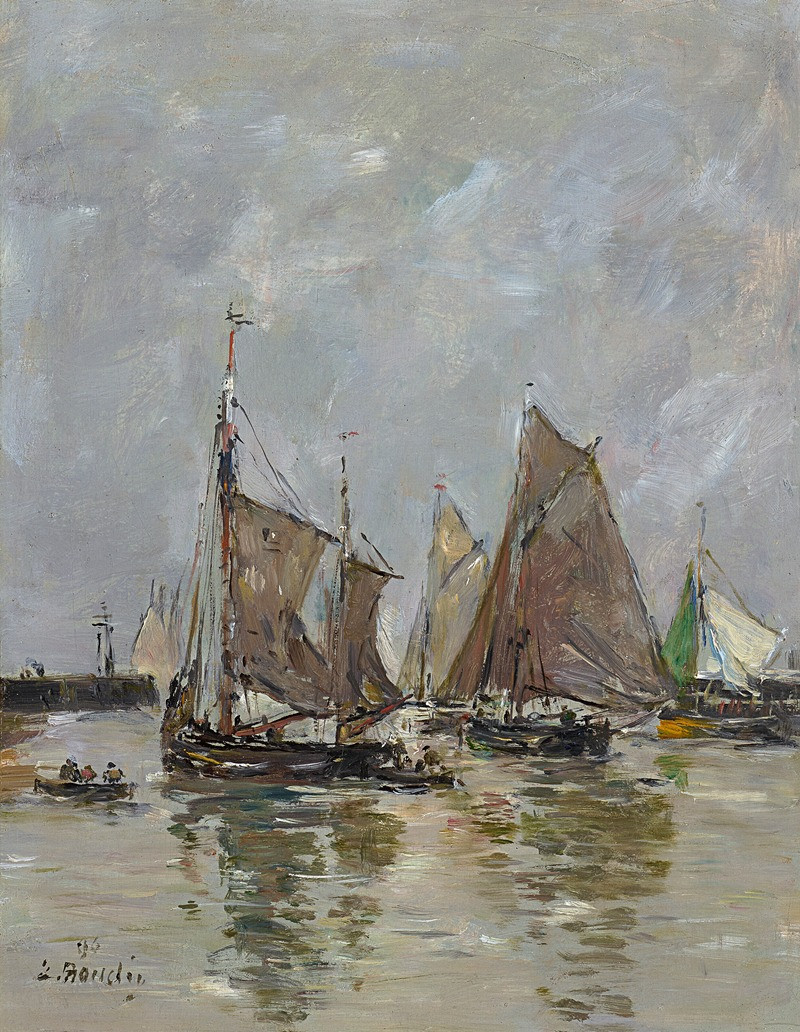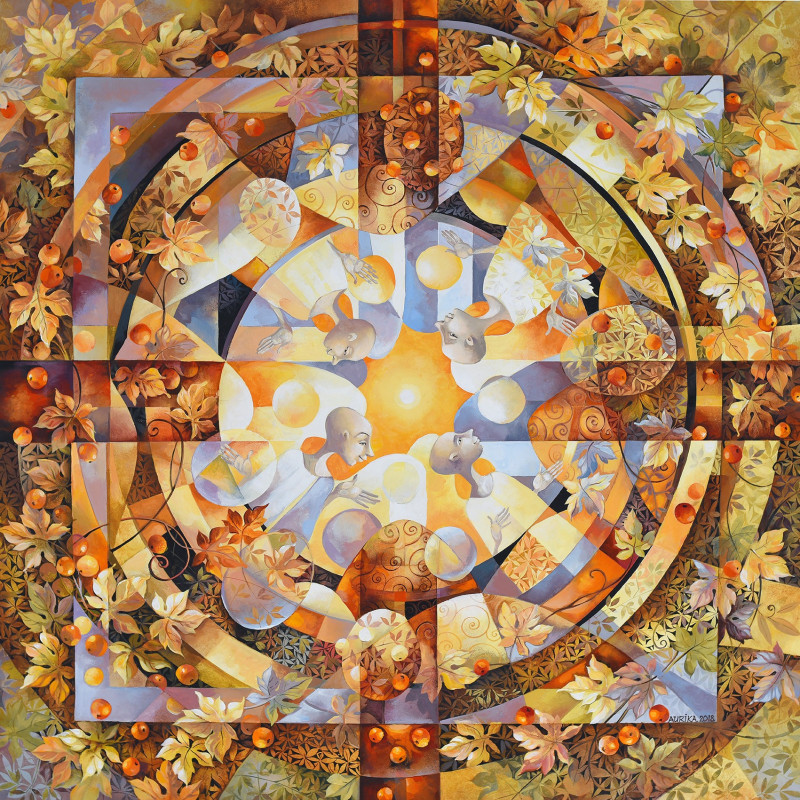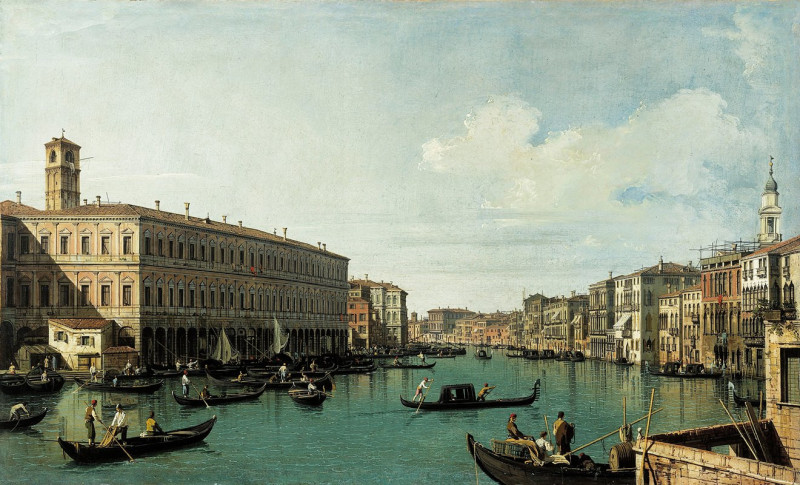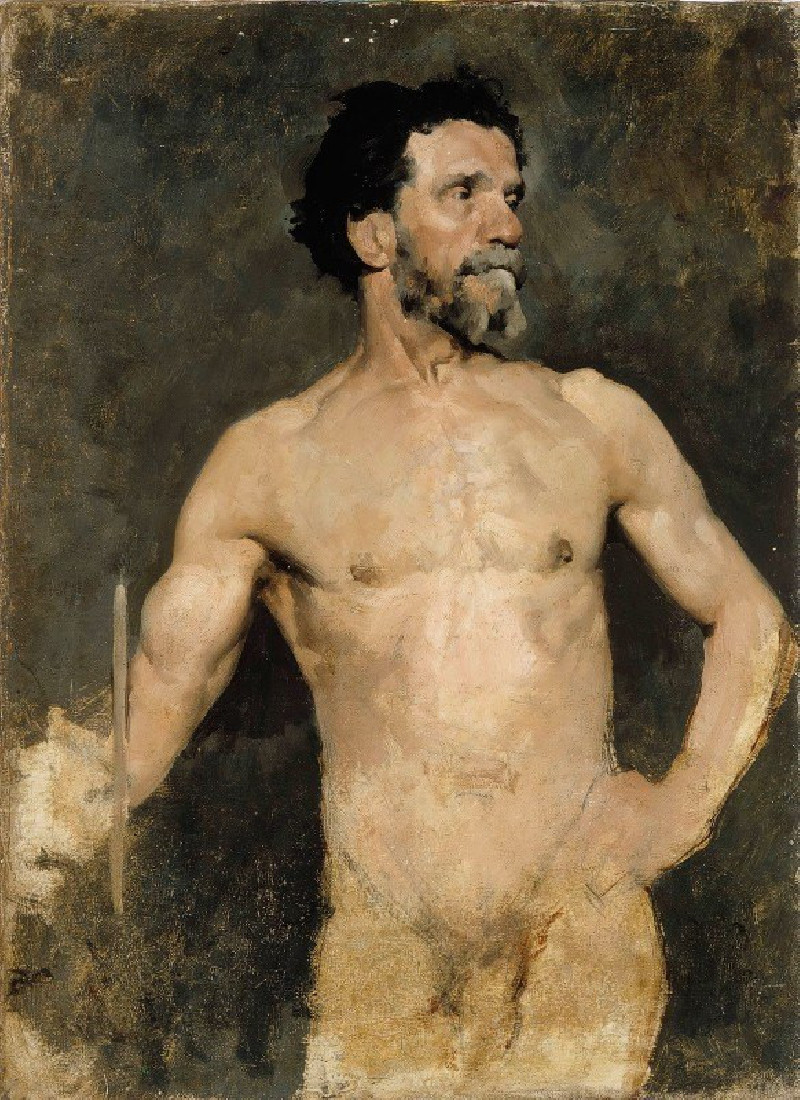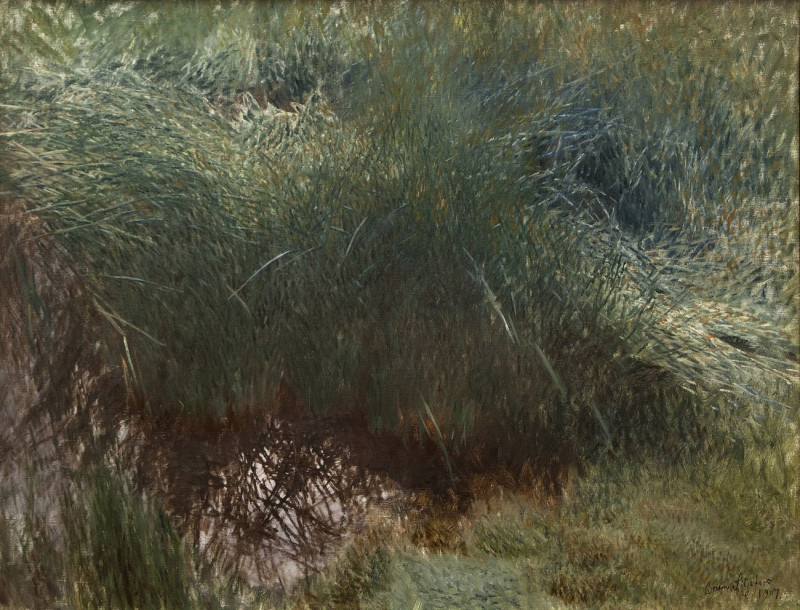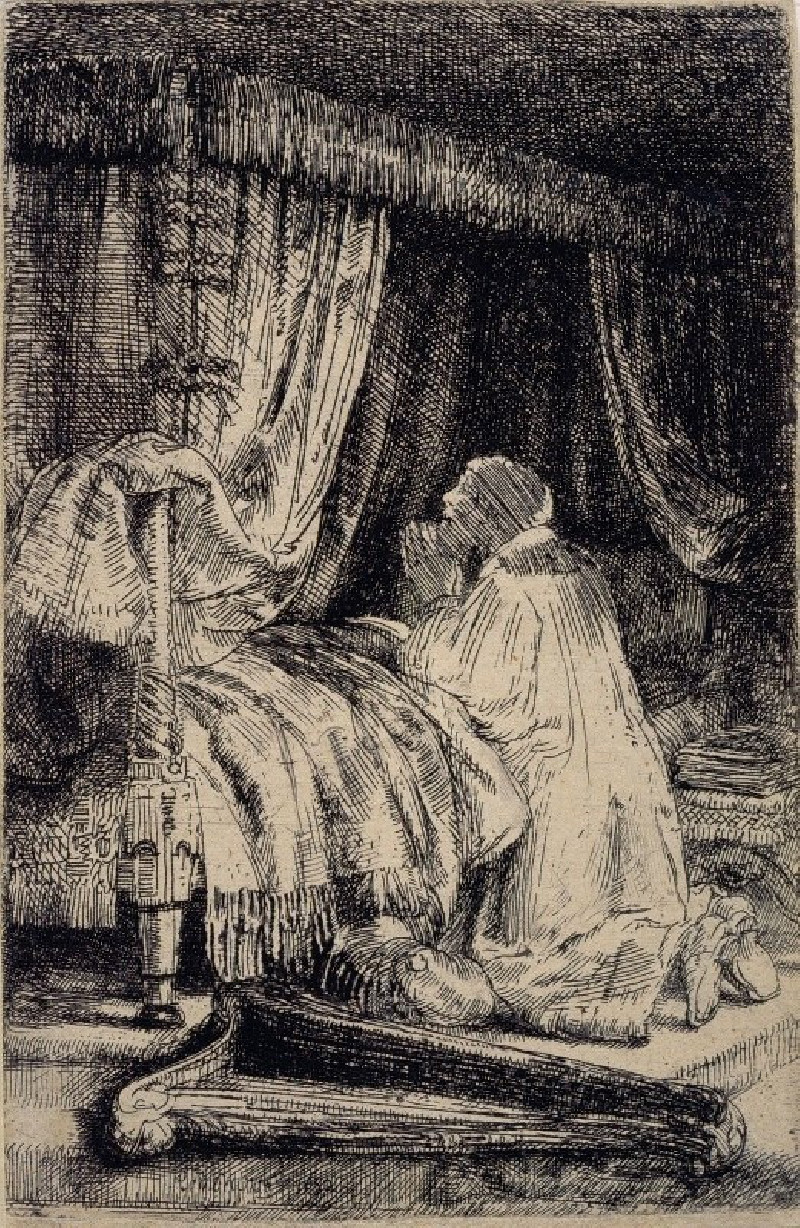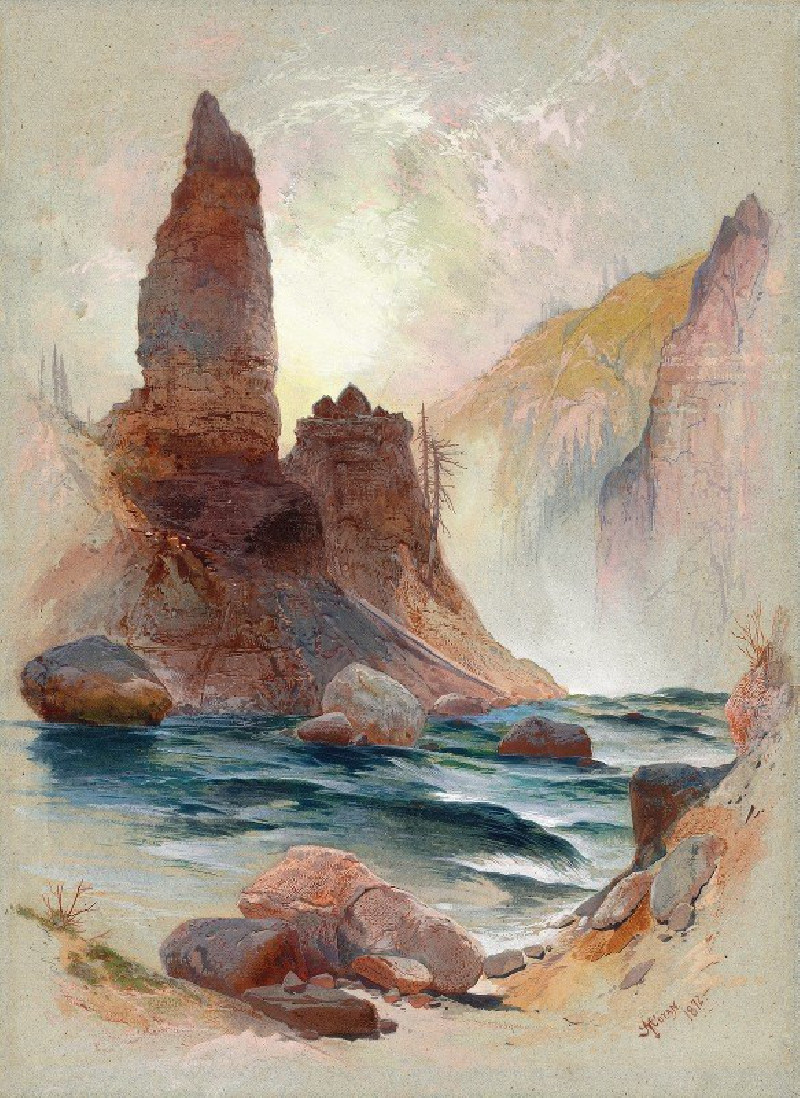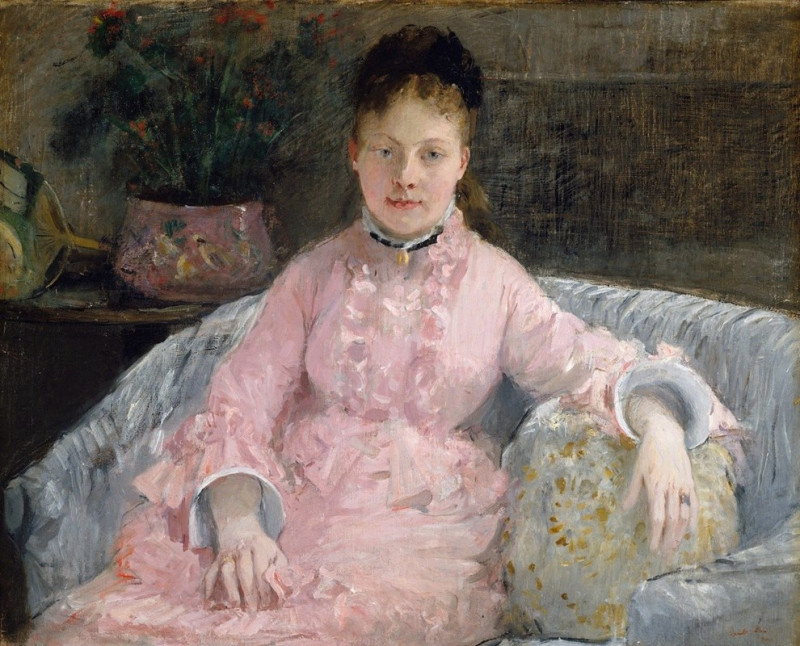Heimkehrende Ziegenherde (1920)
Technique: Giclée quality print
Recommended by our customers
More about this artwork
The vibrant painting "Heimkehrende Ziegenherde," created by the German Expressionist Ernst Ludwig Kirchner in 1920, captures the striking vivacity of nature fused with human activity. In this lively depiction, a shepherd, clad in an expressive shade of blue, is seen guiding a herd of goats across a colorful, undulating landscape. The spectacle unfolds under an intense sky, with strong reds, yellows, and greens dominating the scene, suggesting the late hours of a glowing sunset.The energetic brushstrokes and bold usage of color are characteristic of Kirchner's style, which aims not just to capture the scene visually but also to evoke emotional responses from the viewer. The movement of the goats is beautifully rendered, creating a sense of dynamic motion that seems to extend beyond the confines of the canvas. Scattered across the hills, the goats add a rhythm to the composition, while the strategic placements of bright and dark colors enhance the painting's depth and perspective.The isolated blue house in the backdrop adds a touch of serene solitude, contrasting with the vibrant, lively foreground. This piece is not only a visual feast but a narrative about the return to home, a theme that resonates universally, marked by Kirchner's unique ability to blend abstraction with reality.This striking work is an excellent example of modernist art, emphasizing emotion and individual perception over realistic representation.
Delivery
Returns
Ernst Ludwig Kirchner (1880–1938) was one of the most important German Expressionist painters. He was a co-founder of Die Brücke, a group of German expressionist artists formed in Dresden in 1905. Die Brücke and Kirchner took inspiration from Vincent Van Gogh and Edvard Munch, as well as African and Oceanic art. They used woodblock printing as a medium to showcase their signature style: flat, unrealistic images with vivid colors. The recurring themes in Kirchner's artworks included exotic cultures, faraway landscapes, self-portraits, dancers and Berlin street life. His paintings and prints effectively portrayed non-European cultures despite the fact that he never traveled outside of Europe.

